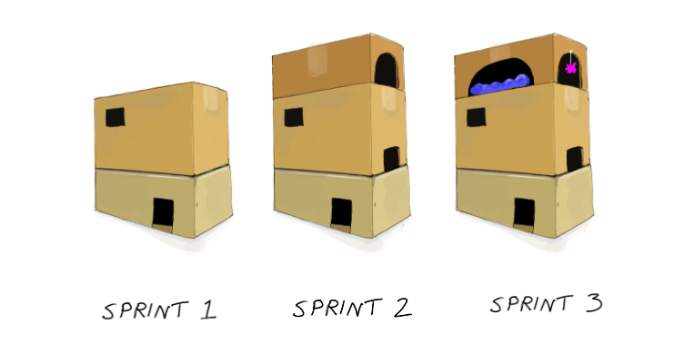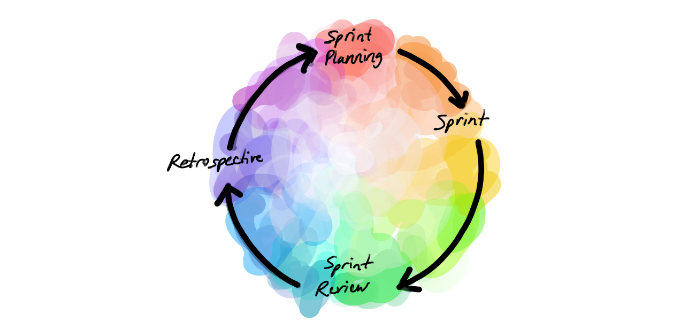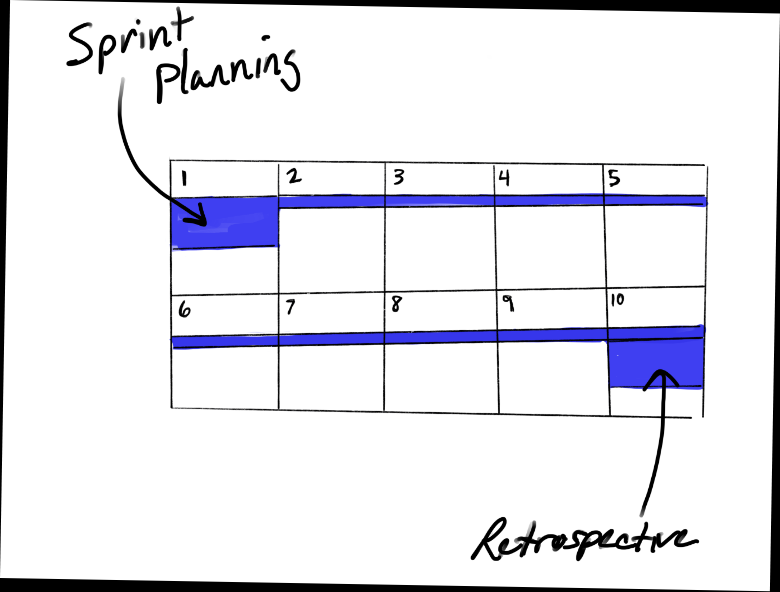Sprints
The Goal
This is where the magic happens. You’ll establish short working cycles, often one or two weeks long. At the end of each cycle, you'll deliver an updated, working product. These cycles, called sprints or iterations, allow for immediate customer feedback, helping you ensure the project is on the right track.

The Sprint
A typical project might take six sprints, or twelve weeks, to complete. Agile approaches are ideal for producing a product incrementally, especially when there's an urgent need for delivery.

During each sprint, you'll continuously assess progress toward your goals:
- Sprint Planning: Schedule a meeting at the beginning of each sprint to plan its goals.
- Daily Scrum: Hold brief daily meetings to discuss what was done yesterday, plans for today, and any obstacles.
- Retrospective: At the end of each sprint, evaluate what went well and identify areas for improvement.
Create Your Sprint Schedule
To set up a two-week sprint cycle, follow these steps:
-
Sprint Planning Meeting: Schedule a two-hour meeting for Monday morning. Attendance is mandatory for the entire team.
-
Daily Scrum Meetings: Schedule a 15-minute meeting every morning.
-
Retrospective Meeting: Schedule this for Friday afternoon at the end of each sprint.
